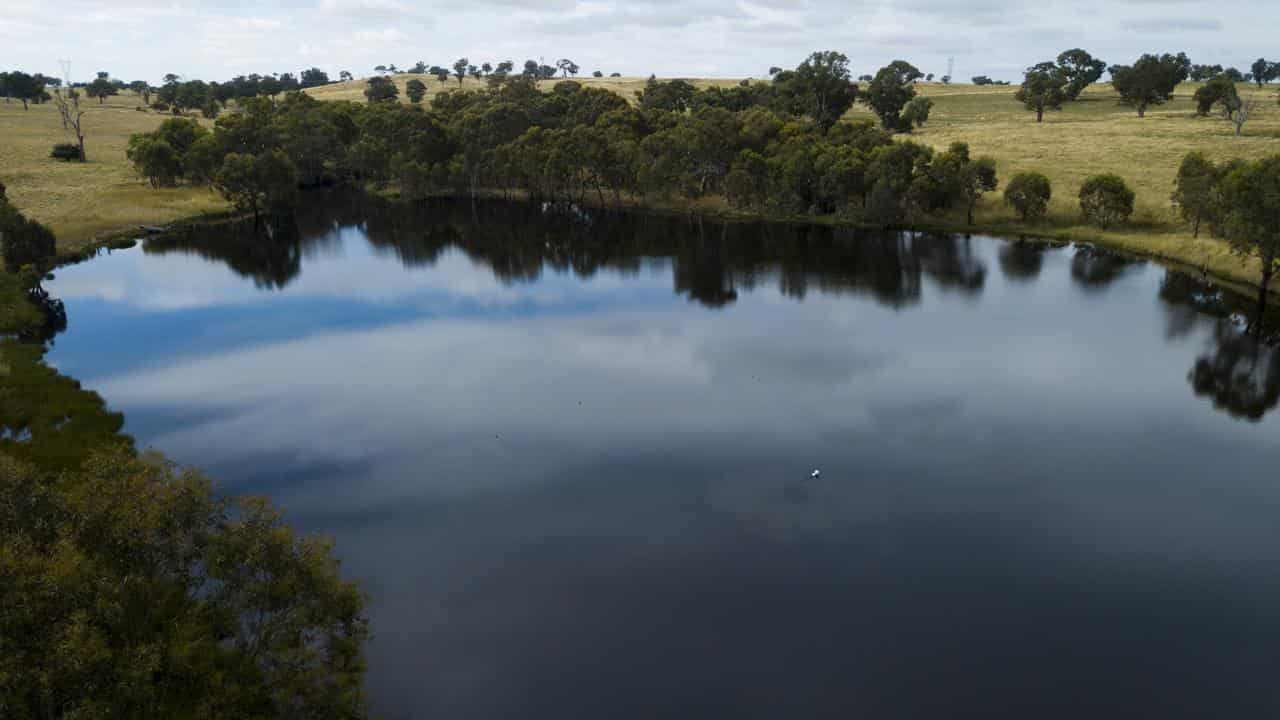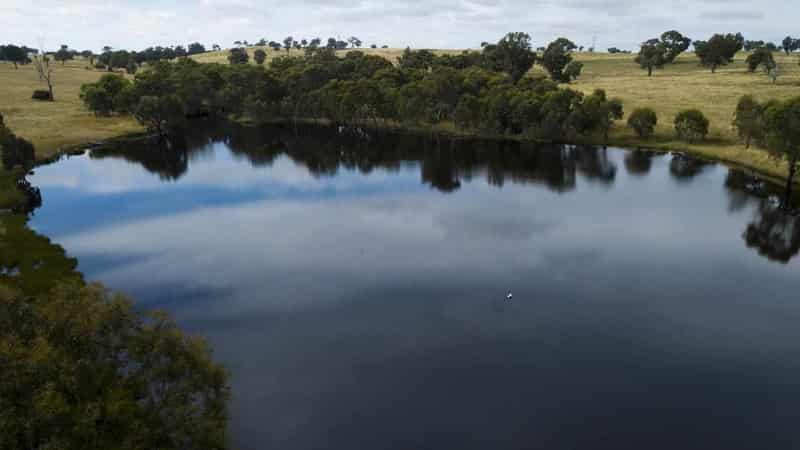
Tens of thousands of tiny, much cheaper versions of Snowy Hydro could reliably power Australia's rural communities, according to researchers.
A University of NSW-led study released on Thursday suggests small-scale hydro plants could be built using pairs of farm dams.
"People on the fringes of the electricity network can be more exposed to power outages, and the supply can be less reliable," engineer and lead author Dr Nicholas Gilmore said.
"If there’s a power outage during a bushfire, for example, a pumped hydro system will give you enough energy to last a day, whereas a battery typically lasts around eight hours."
The research team, which included Deakin University and the University of Technology Sydney, used satellite imagery to pair up upper and lower dams across Australia.
They identified nearly 1.7 million farm dams and narrowed it down to more than 30,000, finding that the average suitable site could provide enough energy storage to back up a South Australian home for 40 hours.
In a micro pumped-hydro energy storage system, excess solar energy is stored by pumping water to a reservoir or dam that is released back to a lower-lying reservoir when more power is needed.
This flows through a turbine-connected generator to create electricity.
Constructing new water reservoirs for the micro hydro systems can be expensive, but these sites could install them without costly reservoir construction, Dr Gilmore said.
That means rural households could use solar power that would otherwise be wasted, save money on power bills, and reduce their carbon footprint.
Storing surplus energy is also essential for ensuring a stable and reliable power supply for the broader population.
"The transition to low-carbon power systems like wind and solar photovoltaics needs cost-effective energy storage solutions at all scales," Dr Gilmore said.
He said the next step would be setting up a pilot site and testing micro hydro's performance for real-world validation.
The study was published in academic journal Applied Energy.









